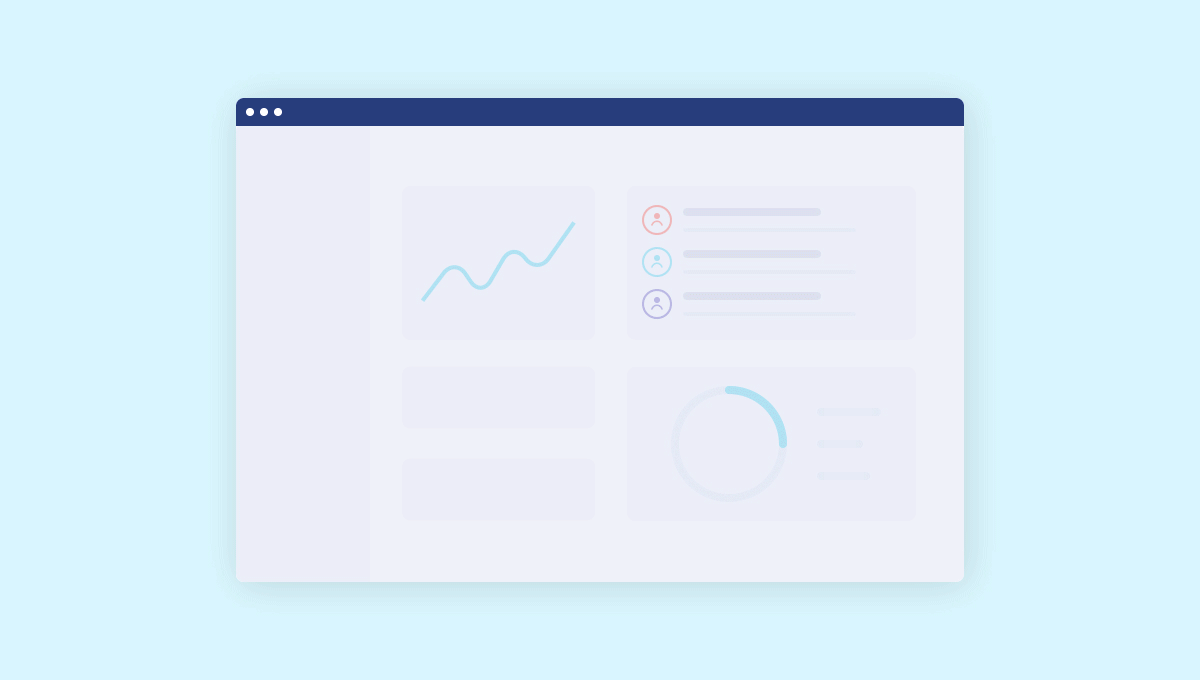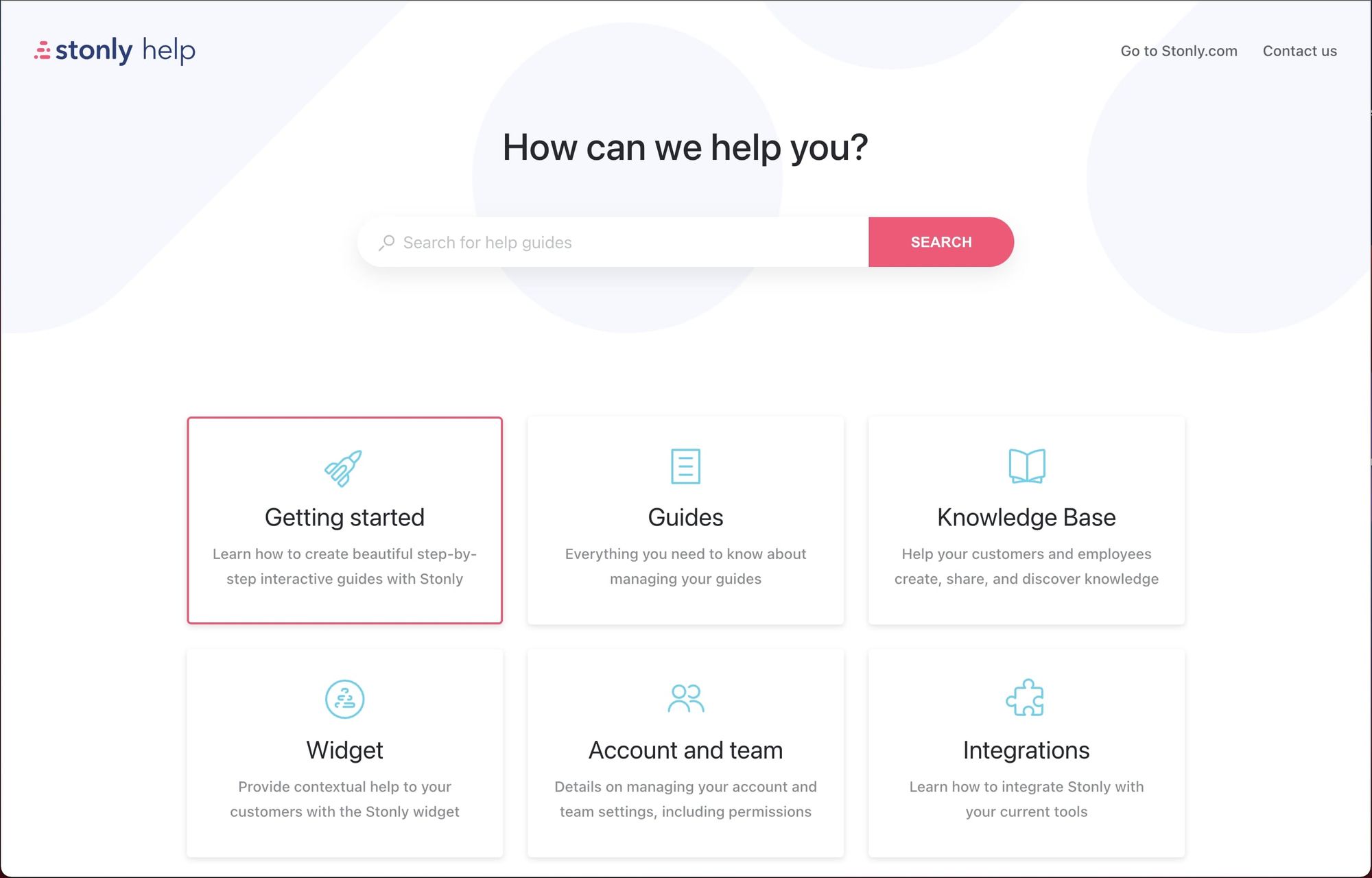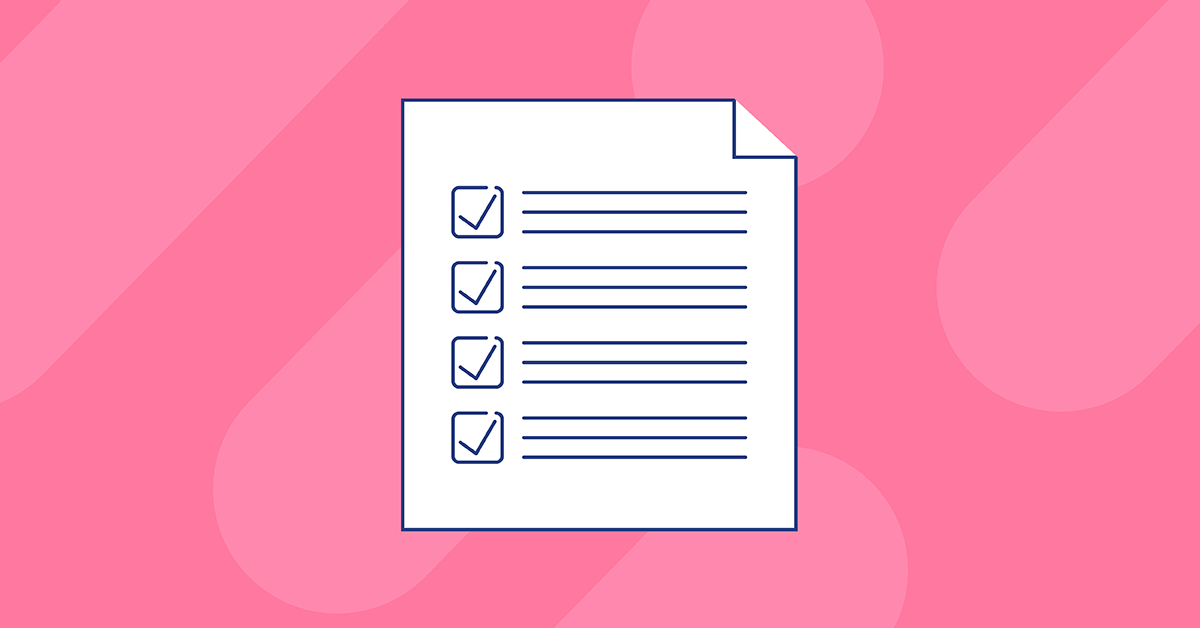The word onboarding evokes the image of getting on a vessel to embark on an adventurous journey. Running with this analogy, a captain onboarding a new sailor will go through several steps to ensure that she becomes accustomed to life at sea and is well prepared to do her part to contribute to the journey.
As captains of your SaaS ‘ship,’ you know your product and its value better than anybody. But if you don’t help your users understand your product, they may find another ship. This 15-point SaaS onboarding checklist will help you welcome new users to your product experience and find their version of success.
Here’s an overview of the 15 questions in the SaaS onboarding checklist:
- Are you emphasizing your primary job to be done while staying flexible?
- Are you catering to your ideal customer profile and other segments?
- Do your onboarding tools allow for interactivity and user choice?
- Is tracking the progress and completion status visually apparent?
- Do you reward new users for completing onboarding tasks?
- Is how to exit and re-enter the onboarding experience clear?
- Are your onboarding tasks tied to authentic product experiences?
- Does each onboarding step have a single goal?
- Is each onboarding step bite-sized and quickly completable?
- Is diving deeper into a particular step easy and clear to users?
- Are your onboarding outcomes clear and measurable?
- Is someone responsible for monitoring onboarding success?
- Do you iterate and improve your onboarding experience frequently?
- Is there an obvious way to speak with a human?
- Is there a way for users to submit feedback about the experience?
Looking for easy-to-use SaaS onboarding software for your company?
Stonly helps make digital adoption hassle-free for your SaaS product customers
Start a FREE Trial
What Is SaaS Onboarding?
SaaS onboarding is the proactive experience that a company designs for first-time users of its product to ensure they start getting value as quickly as possible.
Onboarding is more than just a checklist or a few in-app tooltips—it’s an entire experience that can include in-app guides, email campaigns, in-person webinars, and one-on-one onboarding sessions.
The Goal of SaaS Onboarding
Many people believe the purpose of SaaS onboarding is to help new users become better at using their product. But this is a mistake.
User onboarding aims to help users better do what your product is designed to enable them to do.
In other words, a new user only gets value in using your product as long as the product is helping her realize the value she was expecting when she signed up. So your onboarding experience must go beyond simple product tours and tooltips to show how your app works. It must help users see how your app helps them accomplish their goals.
The Goal of Onboarding for Paying Customers
For paid product access (common with B2B and Enterprise products), the goal is to help the user get value quickly to know their risk of paying upfront was worth the reward.
This reduces the risk of early churn and increases the likelihood of increased adoption and stickiness. These customers took a chance on you, so you need to show them quickly their faith was well placed.
The Goal of Onboarding for Free Users
For free trial or freemium product access, the goal is to convince the user of the product’s value and encourage them to purchase. In this case, onboarding is the key tool to activate new users and help them be successful with their goals using your product. This way, they’ll be hooked and ready to make a purchase or upgrade.
For completely free product access, the goal is to provide such immense value to users that they spend frequent and significant time in the product. Whether the monetization strategy is advertising revenue or massive user adoption to attract big-time investors, onboarding is the tool to hook users quickly by helping them catch a vision for how using your product daily provides them immense value.
Why Is Onboarding Important in SaaS?
Onboarding for SaaS companies is critical. You’ve likely spent quite a bit of time and money attracting the right user to your product and convincing them to give your product a try.
Their initial impression could decide whether the time and money you spend will have a return on investment (ROI) or not. By delivering a fantastic onboarding experience, you increase the chances that the user will engage long-term with your product.
A critical SaaS metric to keep in mind is the LTV:CAC ratio. CAC stands for Customer Acquisition Cost and refers to the amount of money you spend in marketing and lead generation efforts to acquire a new customer. LTV stands for Lifetime Value and refers to the amount of revenue you can expect to receive throughout the entire lifetime of a single customer.
The LTV:CAC ratio is one key indicator of the health of your SaaS business. Ideally, the LTV:CAC ratio will be at least 3:1, meaning for every $1 you spend in lead gen to acquire a new customer, you can expect to receive $3 of revenue throughout their lifetime as a customer. Onboarding is the linchpin activity that transitions a newly acquired user into a long-term paying customer, thus leading to an increased LTV:CAC ratio.
Related Post: 8 Best SaaS Onboarding Software Tools
The Complete SaaS Onboarding 15-Point Checklist
The elements in this checklist represent the key principles every onboarding experience should include to ensure a great first-time experience for new users. Use these elements to evaluate your current onboarding experience, and make plans and goals to improve your overall onboarding experience to support your user adoption strategy.
1. Are you emphasizing your primary job to be done while staying flexible?
Think of your product as being hired by your customers to do a specific job for them. Does your onboarding experience emphasize the main job to be done (JTBD) for customers?
Most products accomplish more than one job to be done. Can customers tailor their onboarding experience based on which job they are trying to achieve through your product?
2. Are you catering to your ideal customer profile and other segments?
While your onboarding experience should emphasize your ideal customer profile (ICP), it should also cater to your other important customer segments. Is your onboarding experience solely focused on one type of customer?
Gather what you know about each of your customer segments and ensure there’s a suitable onboarding experience to help each segment realize success within your product.
3. Do your onboarding tools allow for interactivity and user choice?
The best way to allow for flexibility in the onboarding process to cater to multiple customer segments and jobs to be done is through an interactive experience that lets users choose the most relevant path. Do your onboarding tools allow users to own their onboarding experience interactively?

Onboarding tools such as Stonly specialize in providing a strong layer of interactivity in the onboarding experience that lets customers follow the onboarding path that’s right for them.
4. Is tracking the progress and completion status visually apparent?
One of the easiest ways to frustrate new users is to put them in an onboarding experience that seemingly has no end. Users didn’t come to your app to learn how to use your app. They came to do what your product enables them to do. Is it visually clear to users how many steps are part of the in-app onboarding experience? Can they see a straightforward path to completion?
5. Do you reward new users for completing onboarding tasks?
If you’ve designed your onboarding experience correctly, you should be very excited when any user completes an onboarding task because it indicates that they’re making progress toward activation and adoption. Are you celebrating with your users when they complete onboarding tasks?
Let users know the steps they’re taking during the onboarding journey enable them to be more successful in whatever pursuit led them to your product. Even a virtual high-five or “good job” can be enough.
6. Is exiting and re-entering the onboarding experience clear?
Some of your new users will be able to use your product to achieve their version of success without any help, while others require quite a bit more hand-holding. Does your onboarding experience make it easy for users to skip onboarding if they don’t need it?
Sometimes, users may enter your product to do one particular task so they may skip onboarding other features that don’t relate to this immediate task. But if they keep using the product, they may wish to use these other features later. Can users find and re-enter the onboarding experience after they skipped it initially?
7. Are your onboarding tasks tied to authentic product experiences?
An essential part of onboarding is teaching users how to use your product to reach their goals. Where possible, your in-app onboarding tasks should help users accomplish something.
For example, if you are directing users to a feature to help them set up notifications, include a step to set their notification preferences before moving on. Do your onboarding tasks help users accomplish something within your product?
8. Does each onboarding step have a single goal?
As you’re building out your onboarding experience, ensure each component in your onboarding journey connects to a single, measurable goal. Cramming multiple elements and goals into a single onboarding step increases complexity and risks confusing new users.

Implementing step-by-step onboarding guides keeps the experience simple by letting users focus on one thing at a time. Stonly’s onboarding tools allow you to build interactive guides that let users progress forward one step at a time.
9. Is each onboarding step bite-sized and quickly completable?
The quicker users can get through the onboarding experience, the quicker they can succeed with your product. If you have a more complex feature set within your product, it’s imperative to break up your onboarding tasks into small chunks to give the user a continual sense of motion and progression.
Track how long users spend on average on each of your onboarding tasks to ensure they aren’t getting stuck.
10. Is diving deeper into a particular step easy and clear to users?
The question above emphasizes keeping each onboarding task small and quick. But sometimes, users with specific goals may need more detailed information about a particular feature or functionality within your product. Do you provide a way for users to dive deeper into your knowledge base when they have specific questions?

Tools like Stonly let you connect your onboarding experience with your knowledge base to let users get the kind of answers they need.
11. Are your onboarding outcomes clear and measurable?
All your onboarding tasks should drive activation. Do you have a clear picture of which user behaviors define successful activation for your product?
When you have a consistent, straightforward way to measure activation, you can measure how well each completed step in the onboarding process contributes to activation. Do you have a way of measuring each onboarding step’s effectiveness in contributing to activation?
12. Is someone responsible for monitoring onboarding success?
Monitoring the success of your onboarding experience is the only way to know if you’re being effective in helping users reach their goals. If there isn’t a specific person or team that has ownership over monitoring and reporting the success metrics for onboarding, it likely won’t happen.
Choosing the right onboarding tool can make monitoring the metrics and outcomes significantly easier. Do your onboarding tools make it easy to measure the effectiveness of your onboarding experience?
Looking for easy-to-use SaaS onboarding software for your company?
Stonly helps make digital adoption hassle-free for your SaaS product customers
Start a FREE Trial
13. Do you iterate and improve your onboarding experience frequently?
Nothing about product development in SaaS is static. Market conditions, trends, and the competitive landscape are constantly changing. Is your onboarding process adjusting to meet the changing demands of the market and your users?
Building an amazing onboarding experience requires consistent and continual effort. Don’t risk falling behind by neglecting it.
14. Is there an obvious way to speak with a human?
Human intervention in the onboarding experience may play a more prominent role or be almost non-existent entirely depending on your product and go-to-market strategy. In any case, most successful onboarding experiences give users a path to speak with a human.
If you are a B2C SaaS company with a product-led acquisition strategy, it won’t be feasible for every user to talk with a human to keep your LTV:CAC ratio healthy. But after a user has exhausted all the self-serve options to get help, do you provide a path for reaching out to someone on your support or success team?
15. Is there a way for users to submit feedback about the experience?
A user willing to provide free feedback is a valuable resource—which many companies squander by not making the feedback process easy. Are you regularly collecting feedback about your users’ experiences with your onboarding process?
You can build ways for users to submit verbal feedback or rate their experience with a simple in-product survey. Doing this will give you a lot more information about how you can continually improve the effectiveness of your onboarding experience.
Related post: Product Adoption Curve: Improving SaaS Adoption at Each Stage
How Did Your Onboarding Experience Stack Up?
If you’re like most other SaaS companies, going through this SaaS onboarding checklist will expose some things that you can do to improve your overall onboarding experience. And that’s okay! Feel free to bookmark this checklist and refer to it after making changes to track how you’re improving over time. You can also compare your experience to other inspiring onboarding examples to see how you compare.
One of the most important ways to ensure a positive user onboarding experience is to adopt the right stack of onboarding software. Stonly is a crucial component in your onboarding suite to help complete your checklist and implement SaaS onboarding best practices—for a fantastic onboarding experience to delight your first-time users.
Looking for easy-to-use SaaS onboarding software for your company?
Stonly helps make digital adoption hassle-free for your SaaS product customers
Start a FREE Trial

